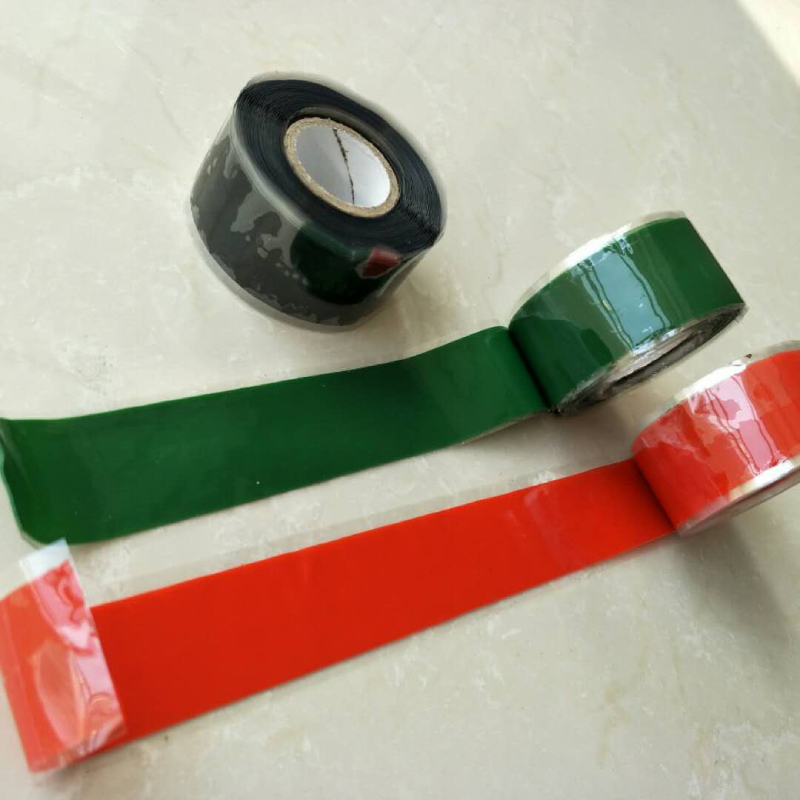Understanding Insulating Strips Their Importance and Applications
Insulating strips play a crucial role in various industries, ranging from electrical engineering to construction. These strips are typically made from materials that resist electrical conduction, providing a barrier to prevent the flow of electricity. Their primary function is to ensure safety, increase energy efficiency, and enhance the longevity of electrical systems. This article will delve into the significance of insulating strips, their applications, and the materials used to manufacture them.
Importance of Insulating Strips
The primary purpose of insulating strips is to protect both equipment and users from electrical hazards. By preventing unintended electrical contact, these strips reduce the risk of electrical shocks and short circuits. This is particularly vital in environments where human interaction with electrical installations is frequent, such as in homes, offices, and industrial settings.
Moreover, insulating strips contribute to energy efficiency. By minimizing energy loss through unintended pathways, they help maintain the desired electrical performance. This is especially important in high-voltage applications, where even small leaks can lead to significant energy losses, impacting both operational costs and the environment.
Applications of Insulating Strips
The versatility of insulating strips makes them suitable for a wide range of applications. One of the most common uses is in electrical wiring. Insulating strips are employed to cover and protect wires, ensuring that they do not come into contact with one another or conductive surfaces. In electrical panels, these strips are often utilized to separate different elements, safeguarding against short circuits and enhancing overall safety.
In the automotive industry, insulating strips are vital for protecting wiring harnesses and electronic components from heat and moisture. They prevent electrical shorts that could result in malfunctioning systems or accidents, ensuring that vehicles operate safely and efficiently. Additionally, in construction, insulating strips are used in various building materials to help maintain thermal efficiency, reduce noise, and protect against moisture ingress.
insulating strip

Materials Used in Insulating Strips
The effectiveness of insulating strips largely depends on the materials from which they are made. Commonly used materials include rubber, PVC (Polyvinyl Chloride), and various polymer compounds. Each of these materials offers distinct advantages, tailored for specific applications.
- Rubber Known for its excellent flexibility and durability, rubber is often used in environments where some degree of movement is expected. It provides good resistance to UV radiation, making it suitable for outdoor applications.
- PVC This synthetic material is widely used due to its cost-effectiveness and ease of manufacturing. PVC insulating strips exhibit good electrical insulation properties and are resistant to chemicals and moisture, making them ideal for various industrial applications.
- Polymer Compounds Advanced insulating strips made from specialized polymer compounds offer superior performance in extreme conditions. These materials can withstand high temperatures and aggressive chemicals, making them suitable for high-tech industries, including aerospace and pharmaceuticals.
Conclusion
In conclusion, insulating strips are an essential component in ensuring the safety and efficiency of electrical systems across various sectors. Their ability to prevent electrical hazards, enhance energy efficiency, and protect sensitive equipment underlines their importance in modern technology. As industries continue to evolve and demand more robust and efficient solutions, the development of insulating strip materials will likely advance, leading to greater innovations in safety and performance. Understanding the role of insulating strips can help individuals and organizations make informed choices in their use, promoting a safer and more efficient future.
-
XIANGFAN Rubber Tape-Ultimate Solutions for All Your Insulation NeedsNewsJun.24,2025
-
XIANGFAN Rubber Tape-Protection for Industrial and Residential ApplicationsNewsJun.24,2025
-
XIANGFAN Rubber Tape: Superior Safety and Sealing for Demanding EnvironmentsNewsJun.24,2025
-
XIANGFAN Rubber Tape: Reliable Solutions for Every Electrical ChallengeNewsJun.24,2025
-
XIANGFAN Electrical & Industrial Tape: Powering Reliability Across IndustriesNewsJun.24,2025
-
XIANGFAN Electrical & Industrial Tape: Excellence in Every ApplicationNewsJun.24,2025
